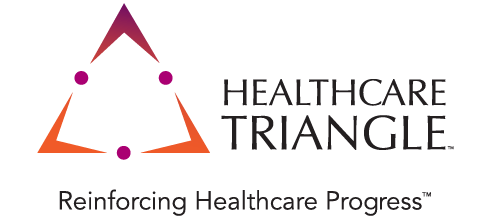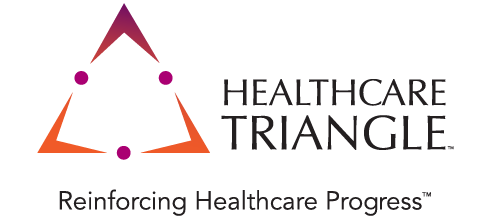Focus on Interoperability - Your Critical Priority in 2021
Healthcare Triangle
Feb 06, 2021
As we move into 2021, the industry will be faced with yet another seemingly insurmountable challenge – interoperability. For nearly a decade, the industry has been slowly making systemic changes trying to reach a dream of healthcare interoperability. But perhaps for the first time, the combination of COVID, the realities of the 21st Century Cures Act, and the changing socio-political landscape will begin to break down barriers and place interoperability at the forefront and demand rapid innovation this year.
Continuing to meet the COVID challenge requires interoperability at scale
HL7’s FHIR has become a common buzzword and software vendors have been delivering API-powered contact tracers, COVID testing info apps and soon we will see “negative test” and “vaccinated” status apps for traversing public places. In addition to strides in the consumer healthcare market, tech giants like Google are working with companies like HCTI to help providers understand how to promote interoperability and build solutions. Every healthcare entity will be challenged to adopt, adapt and participate in these efforts as their patients seek to move into the post-pandemic world.
Pre-pandemic policy changes will demand rapid change this year.
The 21st Century Cures Act, which went into effect on November 2nd, is dramatically impacting informational practices in the sector. This law prevents the practice of information blocking (with eight case-dependent exceptions) as a means of promoting information accessibility for providers and patients alike. While this change will facilitate interoperability, it presents difficulties for the healthcare providers with “siloed” systems who must adopt and catch up with modern practices. With fines set to begin in July, organizations are faced with a 6-month window to move out of existing silos.
As industry inefficiencies are highlighted in the socio-political sphere, it should be expected that rapid changes will continue to occur throughout the foreseeable future.
Tom Leavy, senior vice president of government relations at HIMSS TV, discussed how changes in Washington present questions on where the industry will go and why interoperability will be critical. Leavy highlighted that data sharing between private sector healthcare entities and the government’s public health programs will be a major issue of policy in 2021. The salient point at the core of discussions like Leavy’s is that politics and healthcare will become inextricably linked in a post-pandemic world. As politicians seek to maximize healthcare efficacy, technology, interoperability. and data sharing will become more important toward the success of the industry and the ability for healthcare organizations to thrive.
To highlight this evolution, we will be producing a series of articles discussing the intricacies of the healthcare IT industry and the challenge of interoperability. Our goal with this series is to provide readers with a holistic understanding of interoperability and guide them toward solutions that best serve their needs.
For further discussion or immediate healthcare project-related assistance, drop an email to info@healthcaretriangle.com or schedule a consultation.
Sources:



